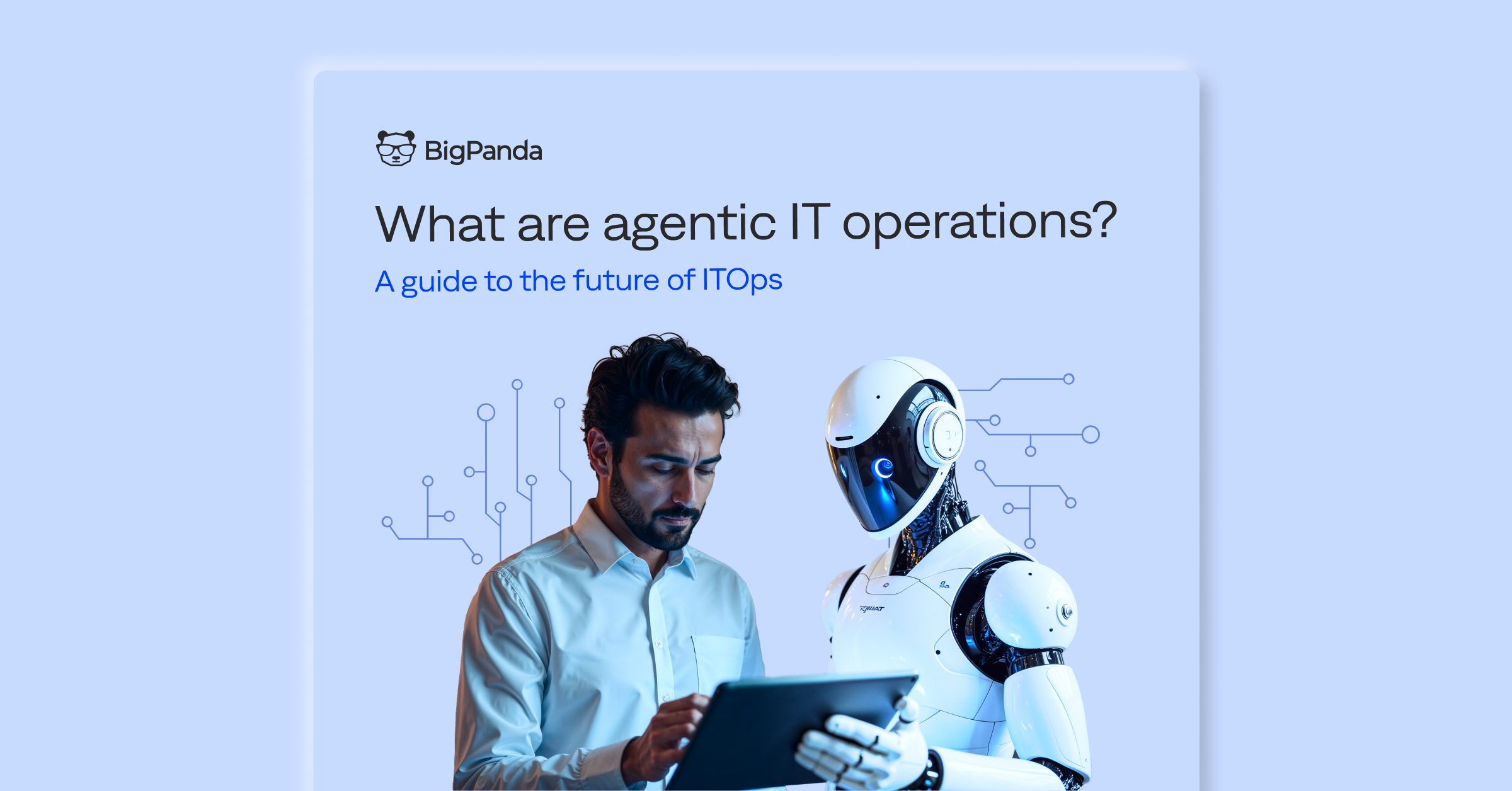What’s Your Philosophy of IT Alert Management?

Any organization can be defined by its operating principles. These are the fundamental norms, rules and values that represent what is desirable and positive for the group. Having well defined principles can help an organization operate as a “community” with a shared understanding of what is right and what is wrong.
It’s key that these be clearly articulated. Operating principles are more basic than policies, procedures and business objectives. They are meant to govern all of these.
Operating principles can make business strategy more meaningful. However, to do so, they must reflect conscious choices, because strategy is fundamentally about making choices. In this way, a principle is defined as “a conscious choice between two equally valid alternatives”.
Once settled, operating principles ensure that everyone sees the world the same way. They align the group’s thinking and actions, while resolving inherent tensions and conflicts. Because they codify the organization’s values and beliefs, operating principles are by their very nature, philosophical.
At this point you’re probably scratching your head. So what does all this have to do with IT alert management?
A Tale of Two Philosophies
Enterprise IT departments can benefit from clearly defined operating principles as much any other. A shared understanding of your IT philosophy eases decision-making. When it comes to evaluating and selecting technology vendors, service providers or business partners – look for those that will support, if not share, what’s most important to your team.
If you’re currently in the market for an intelligent, automated solution to tame your IT alerts and speed incident resolution – you will confront a choice between “two equally valid alternatives”. This dichotomy can be easily summed up like this:
The philosophy on the left is BigPanda’s …the other approach is taken by our prime competitor.
It’s not that one philosophy is correct and the other wrong. It entirely depends on your organization’s operating principles. Just because one product emphasizes speed, that doesn’t mean it isn’t accurate. But one’s philosophy dictates one’s focus.
For BigPanda customers the choice often comes down to a “vision match” – a shared philosophy on the correct approach to managing IT alert overload. Both competing solutions apply algorithmic machine learning to the same problem, but the disparities are stark in how we do it.
First, let’s examine the alternative approach to IT alert management.
Leave It to the Experts!
Engineer centric
This philosophy was born from a more traditional model, believing that expert software engineers know best, and users don’t want to be bothered with the details.
Train the system
The system must be thoroughly trained with data before going into production, resulting in a set of situational models that help parse alert traffic.
Black box
Their flavor of algorithmic machine learning is completely locked down and supervised, meaning that users can’t configure it on-the-fly should initial requirements change.
Proprietary, Standardized
Incident workflows and collaboration models and are built right into the product. This is an advantage if your IT organization prefers constructs like situation rooms or Kanban boards.
Walled Garden
A “walled garden” approach prioritizes deep integration with a few best of breed monitoring tools and ticketing systems. Ideal if your IT Ops portfolio is simple and streamlined.
Expert Consultants
This approach requires hands-on consulting resources on site to make customers successful. In a “supervised learning” approach, human judgment trains the system which data is important, and which isn’t.
Hosted in the Cloud
With on-premise install as the default, customers must choose to host their solution in the cloud. It must to be provisioned in advance for predictable loads (e.g. number of nodes, alert volumes).
This approach stands in sharp contrast to our philosophy here at BigPanda…
Give Me Greater Control!
User centric
Our “fanatically pragmatic” product philosophy dictates that software should be intuitive and easy to use. It puts the user in the driver seat, with not a lot of heavy coding required to implement.
Stage the system
Rather than relying on “cookbook” models to get it right, BigPanda automatically generates correlation patterns in real time, and then makes them available to preview and edit before deploying to production.
White box
Our flavor of algorithmic machine learning is exposed and transparent, aka “Open Box”, meaning that users can optimize it to their unique IT environment.
Flexible, Configurable
When it comes to escalation workflows and collaboration models, BigPanda is flexible and configurable to map to your team’s existing tools and processes.
Open Field
The platform is open and interoperable with more than 60 pre-built integrations leveraging best-of-breed monitoring, ticketing and collaboration systems. Great if your IT Ops portfolio is complex, hard to manage and ever changing.
Customer Support
Our approach emphasizes great customer support to make customers successful, rather than relying on expensive consultants. The emphasis on delivering value quickly, standing up the system and then perfecting its performance over time.
Native to the Cloud
Because BigPanda is 100% built and delivered in the cloud, customers enjoy elastic scalability with zero downtime to handle heavier alert volumes on the fly.
If your organization already has clear, articulated operating principles, you’re ahead of the game. If you don’t, try this…
4 Steps to Organize Your IT Operating Principles
If you’re currently planning or implementing an IT alert management strategy, consider these four questions:
1. Are the principles of how IT Operations needs to operate – to change its trajectory to its target future – clearly articulated and understood?
2. Are the implications of these IT operating principles known, and are plans in place to address the implications?
3. How will people learn about the IT operating principles and translate them into how it practically impacts what they do?
4. How will you measure and analyze the success (or failure) to operate by these principles?
Finally, make sure that whatever IT alert management vendor you select shares your IT organization’s unique operational philosophy.






